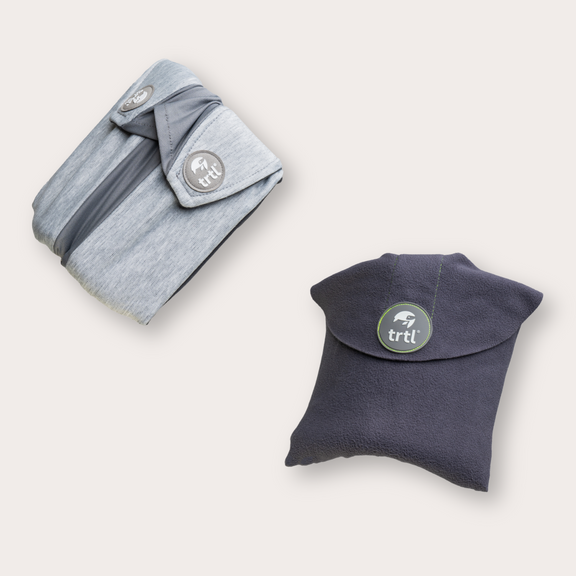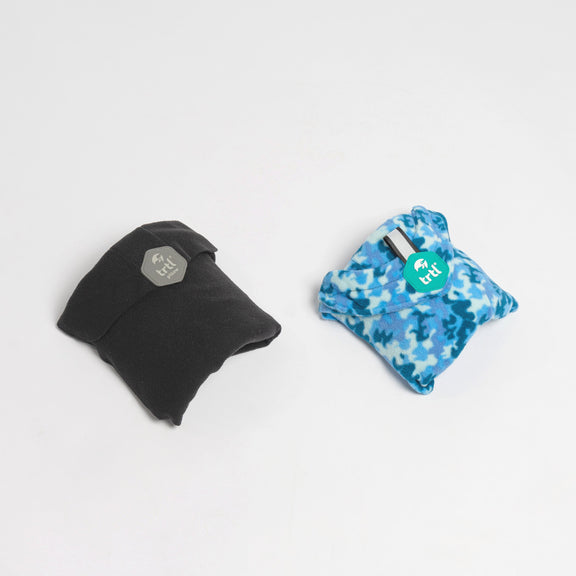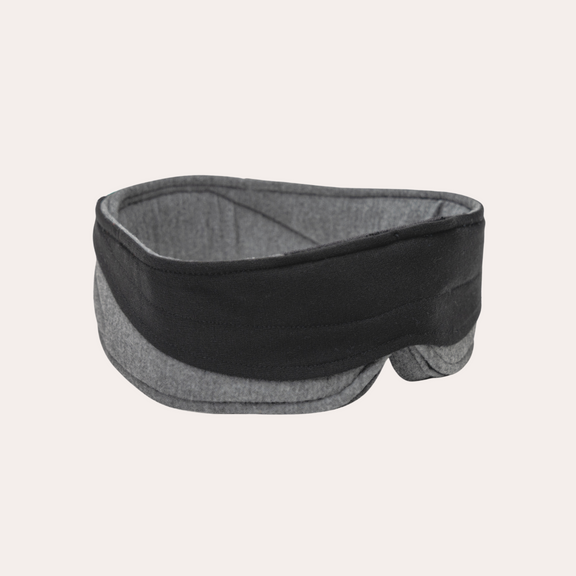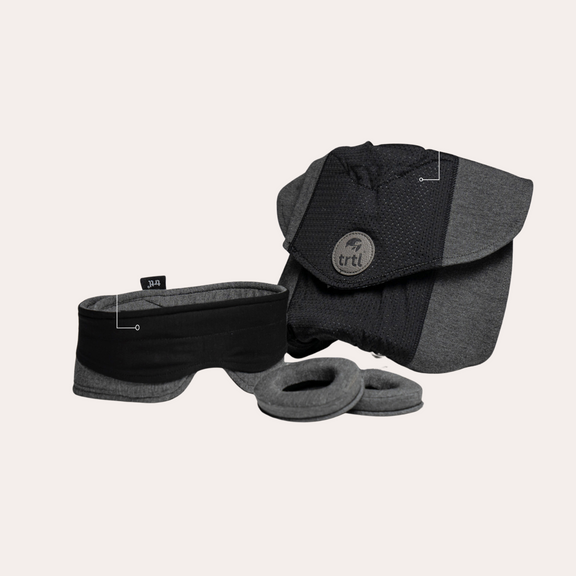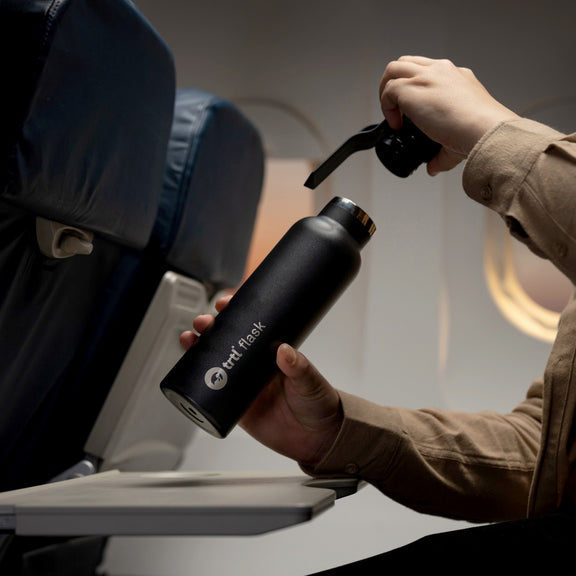Sleep. It's one of the most important ways for us to stay healthy and for brain development, regardless of our age. Something that is made more complicated by the fact that all of us need different amounts of sleep. The younger we are, the more we need. While a teenager might need 9 or 10 hours or more, an infant requires as many as 16 hours of sleep, including naps.
Because the recommended sleep for children can vary according to their age, it’s really no wonder parents find ourselves stressing about whether our children are getting enough sleep or too much.
To mark the launch of our fabulous new Trtl Pillow Junior - the latest in our line of award-winning products including the million selling Trtl Travel Pillow - we've put together our definitive guide to help kids enjoy their best sleeps ever.
How Much Sleep Does My Child Need?

Children of different ages require different amounts of sleep. According to the American Academy for Sleep Medicine (AASM), the following guide illustrates how much sleep your child needs, including naps, for optimal health.
Infants 4 to 12 months - 12-16 hours of sleep, including naps
Children 1 to 2 years - 11-14 hours of sleep, including naps
Children 3 to 5 years - 10-13 hours of sleep, including naps
Children 6 to 12 years - 9-12 hours of sleep
Teenagers 13 to 18 years - 8-10 hours of sleep
But it isn’t all about the hours. The lead-up to your child’s bedtime is known as “sleep hygiene” – and helps your child to enjoy a quality, restful and undisturbed sleep throughout the night – is also important.
What is Sleep Hygiene?

Sleep hygiene is a variety of different practices and habits that are recommended in order to help us have good quality sleep at night and full daytime alertness. This is important for both our physical and mental health. We have learned so much more about sleep in recent decades and we’ve become aware that our health can be affected by poor sleep habits from an early age.
Thankfully, there are things we can we do to ensure our children get quality rest and enjoy the full benefits of a healthy bedtime routine.
Here, we look at 12 ways to make sure your little ones are getting the ZZZs they need.
12 Tips To Help Kids Get A Great Night's Sleep

- Have children go to bed at the same time every night, preferably before 9:00pm. Children who stay up too late find their ability to get a good night’s sleep adversely affected. Choose bedtime and try to stick to it as much as possible so that your child knows and expects to be in bed at a particular time.
- Have an age-appropriate nap schedule. Children’s sleep patterns change as they get older. From babies who wake up bright and early to teenagers who need a klaxon call to get them out of their bed in time for lunch. It’s equally important when it comes to napping. Understand the needs of your child in terms of a nap schedule according to how old they are, but be prepared to be flexible when necessary.
- Establish a consistent bedtime routine. This could be reading little one’s their favourite children’s book which gives them something to look forward to each night before they go to sleep. For little ones, picture books can introduce them to storytelling and to reading before going on to more complex stories.
Travelling with children this summer? Try our Trtl Pillow Junior designed with the help of kids for kids and perfect for napping on the move.

- Make your child’s bedroom sleep conducive – cool, dark, and quiet. Soothing lighting and furniture that suggests the room is a place for rest and relaxation will help to calm them as opposed to a room full of clutter or toys and gadgets that tend to stimulate the child’s brain.
- Encourage your child to fall asleep independently. Don’t worry if your child falls asleep as you read them a bedtime story. This is one of the joys of parenthood and they like it too. But at some stage your child should get used to going to sleep on their own and get into the habit of understanding that there is a time for sleep.
- Avoid bright light at bedtime and during the night, and increase light exposure in the morning. Again this goes back to having a bedroom that is conducive to sleep. Black out curtains may also help your child to get a good night’s sleep, particularly in those months where it gets light early in the morning, prompting them to wake prematurely, which tends to lead to your sleep being disturbed as well as theirs.

- Avoid heavy meals and vigorous exercise close to bedtime. This advice is just as relevant for adults, but it’s a must for children too. Help them avoid indigestion and becoming over-active before their night-time routine and they’ll have a better chance of sleeping soundly.
- Ensure your children avoid caffeine, including many sodas, coffee, and teas (as well as iced tea).
- Keep all electronics, including televisions, computers, and cell phones, out of the bedroom and limit the use of electronics before bedtime. Just like caffeine, these are stimulants and the very sight of them could be distracting enough to interfere with your efforts to persuade your child that it’s time to sleep.

- Keep a regular daily schedule, including consistent mealtimes. Your child will enjoy the security of a routine, whether it is having a meal at the kitchen table, ideally with other family members, or when it is time to get ready for bed.
- If your child is in the habit of waking up in the night, teach them to self-settle. Instead of allowing them to join a parent or parents in their bed, lead your child back to their own bed without engaging them in conversation. Do this whenever time they get up to join you, even if this is several times in one night, and they will grow out of this pattern of behaviour and learn to settle themselves. A dim night light, cuddly toy or baby monitor may also help them to self-settle.
- If your child has trouble going through the night, reward them with praise in the morning, show them a reward chart or give them stickers to reinforce good behaviour and to celebrate the fact that the bags under your eyes are slowly receding.
WIN an adventure filled family vacation for 4 to Yellowstone National Park and the Rocky Mountains ENTER NOW.
With your child or children fast asleep you're then free to ignore your own advice and enjoy some catch-up TV, but if you do the chances are you'll need a nap at some point the following day. If you or your child do like to nap, remember to take your Trtl Travel Pillow, the bestselling, scientifically proven travel neck pillow with head and neck support, or our brand new Trtl Pillow Junior - a unique wraparound travel pillow with built-in head and neck support that ensures they get the rest you need.



